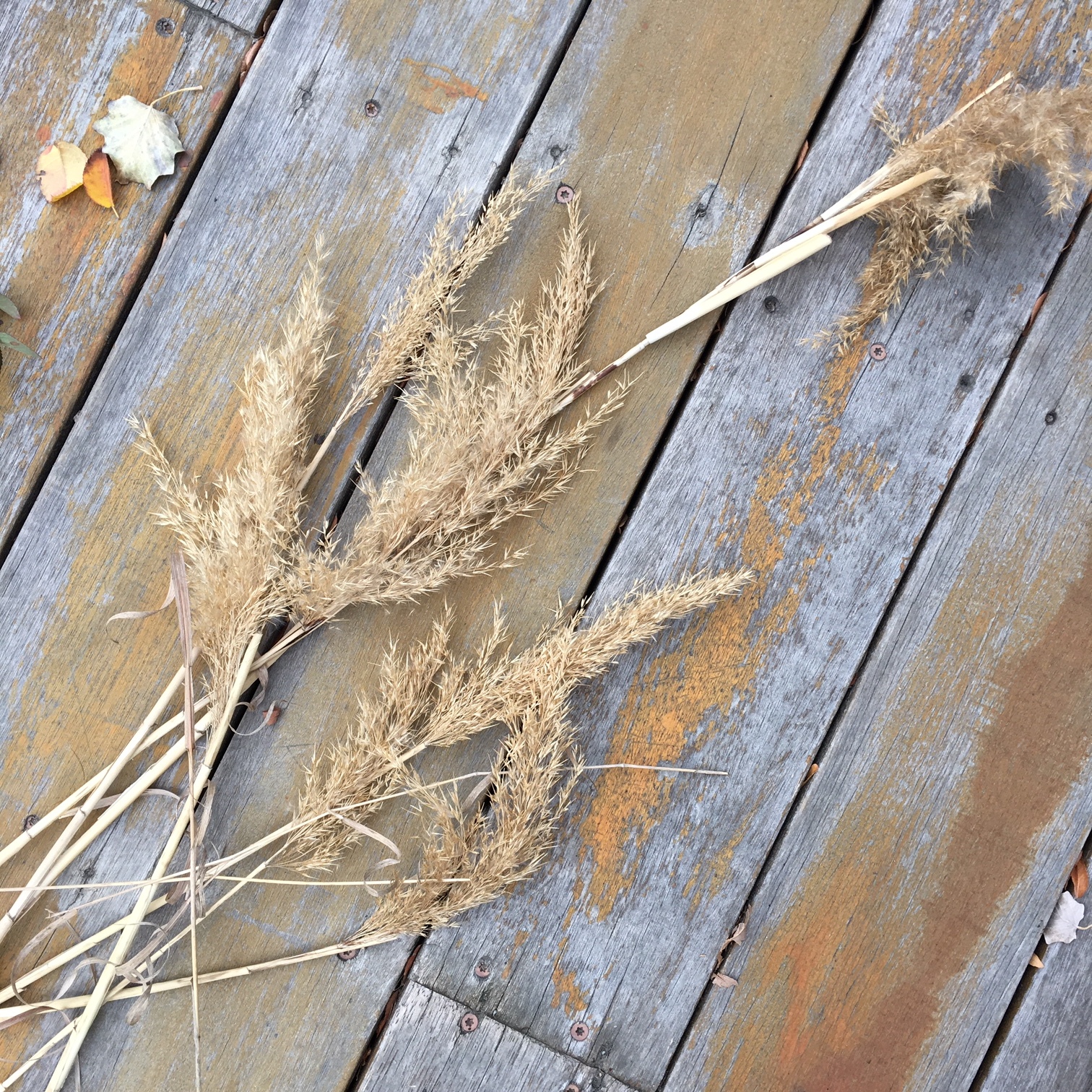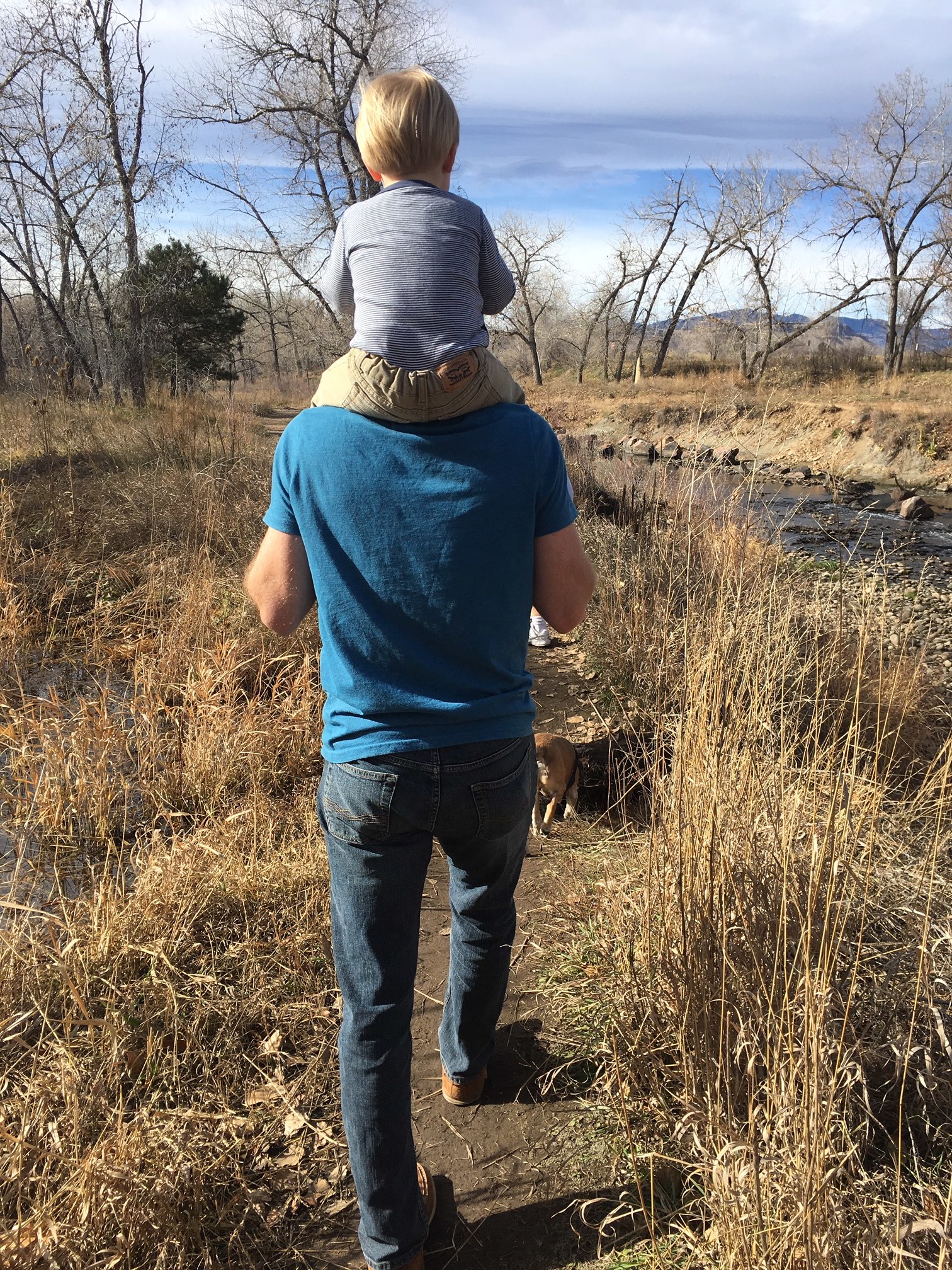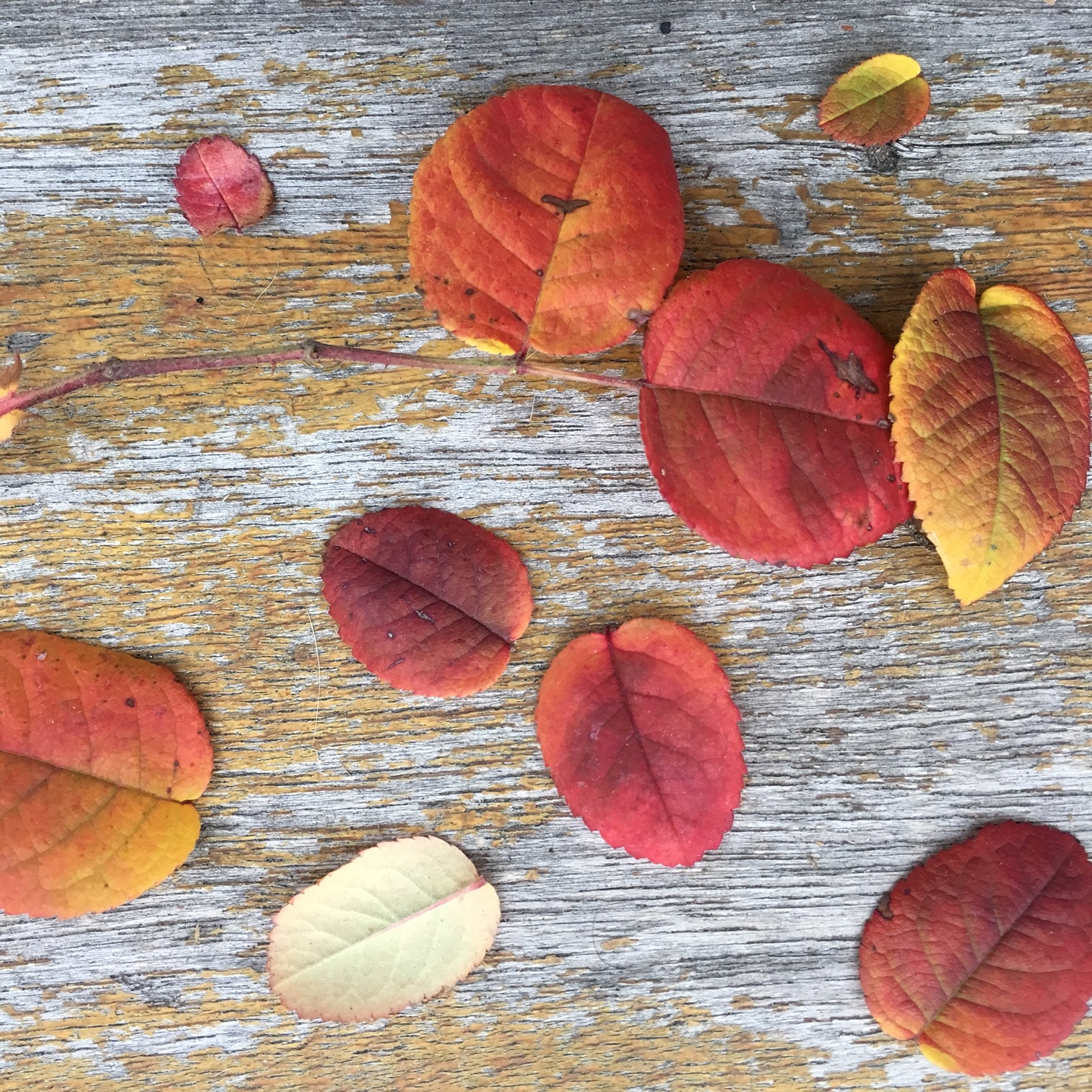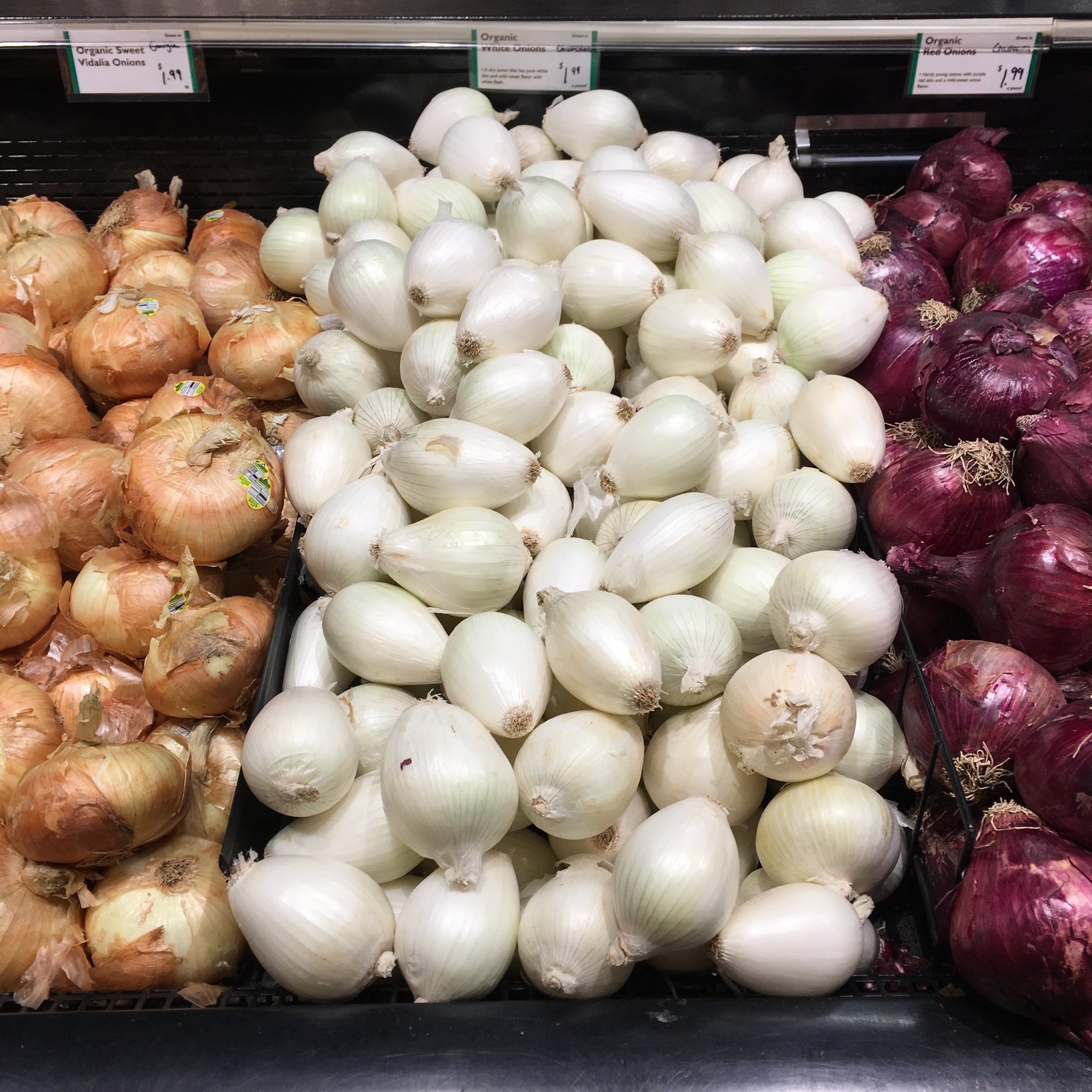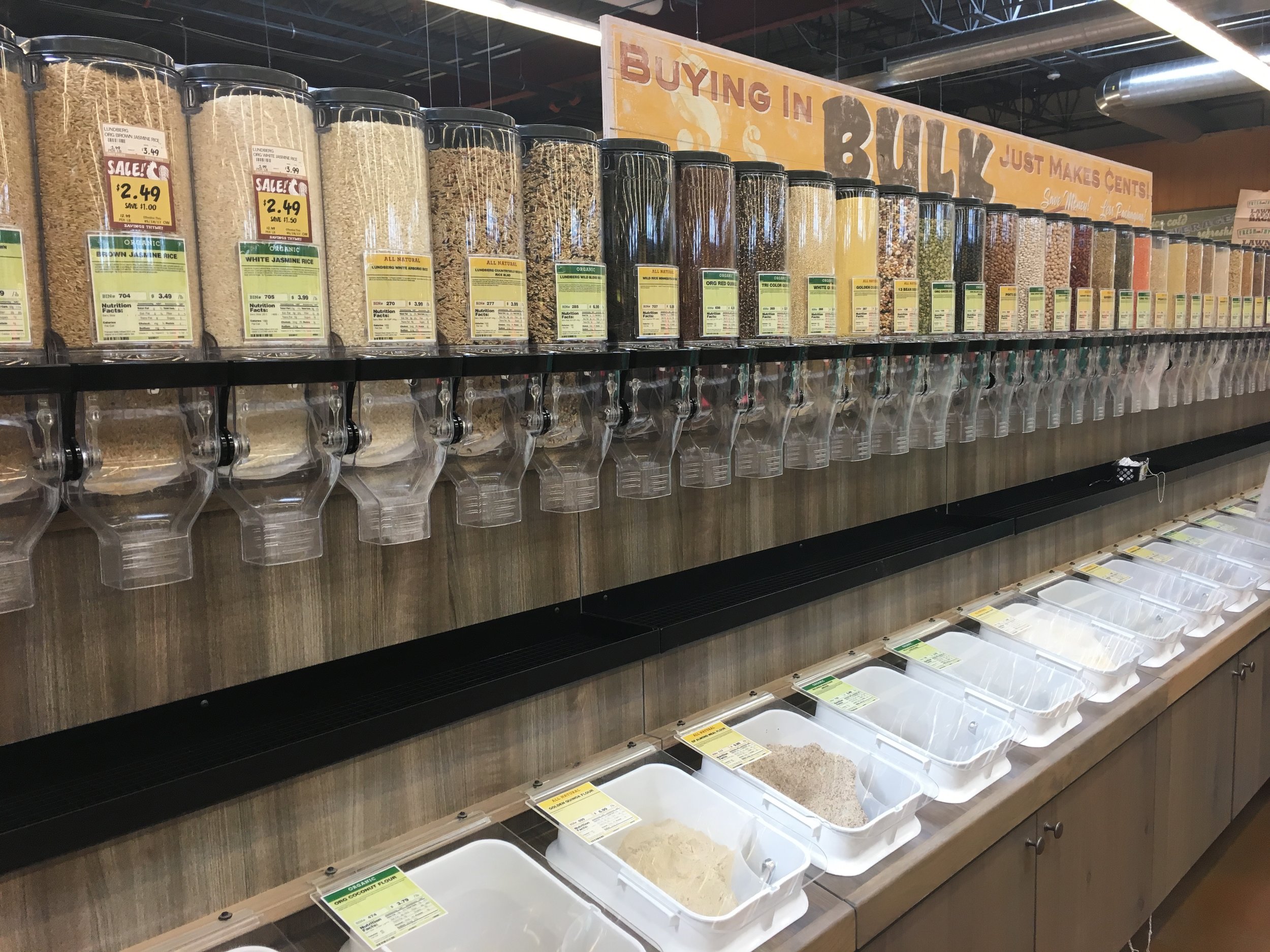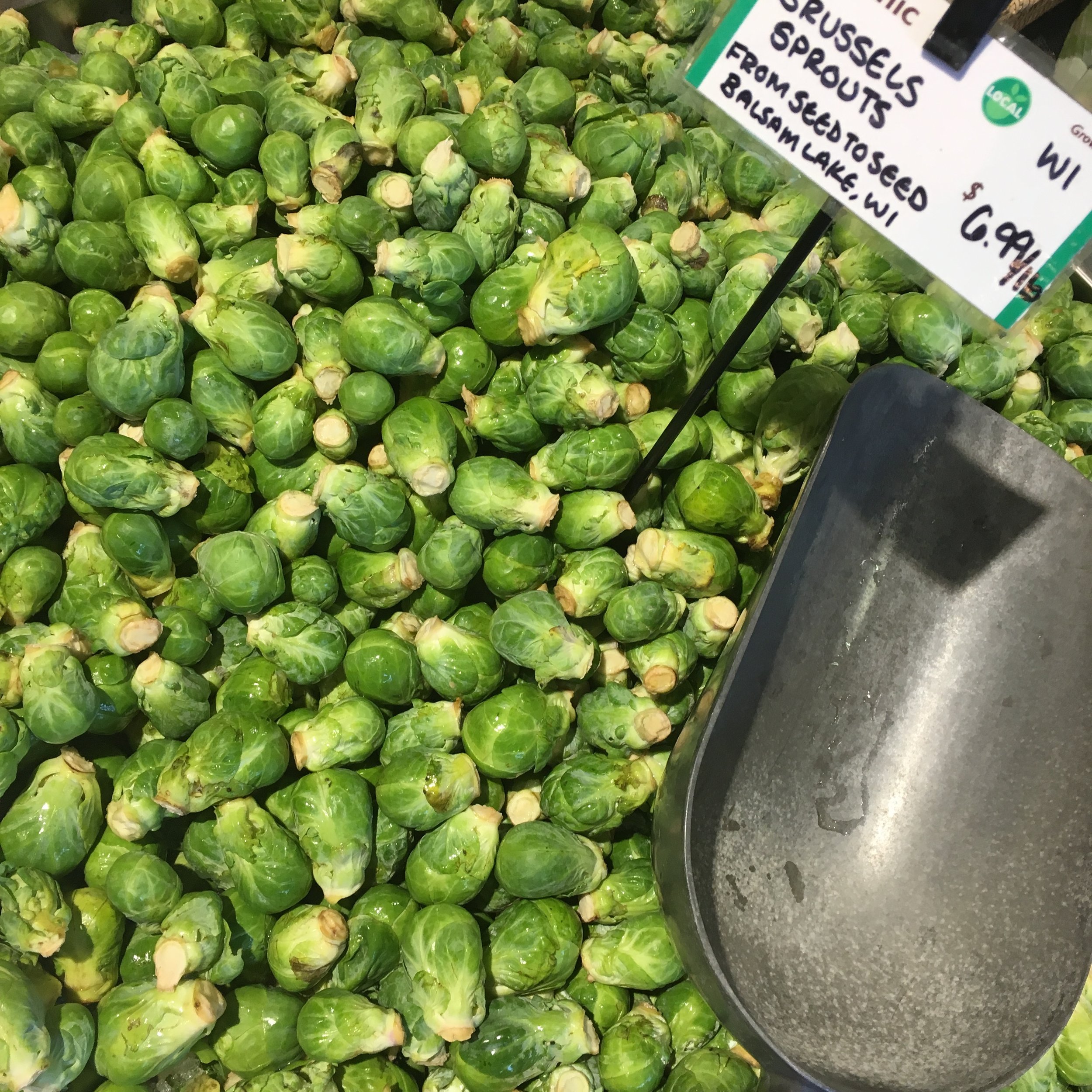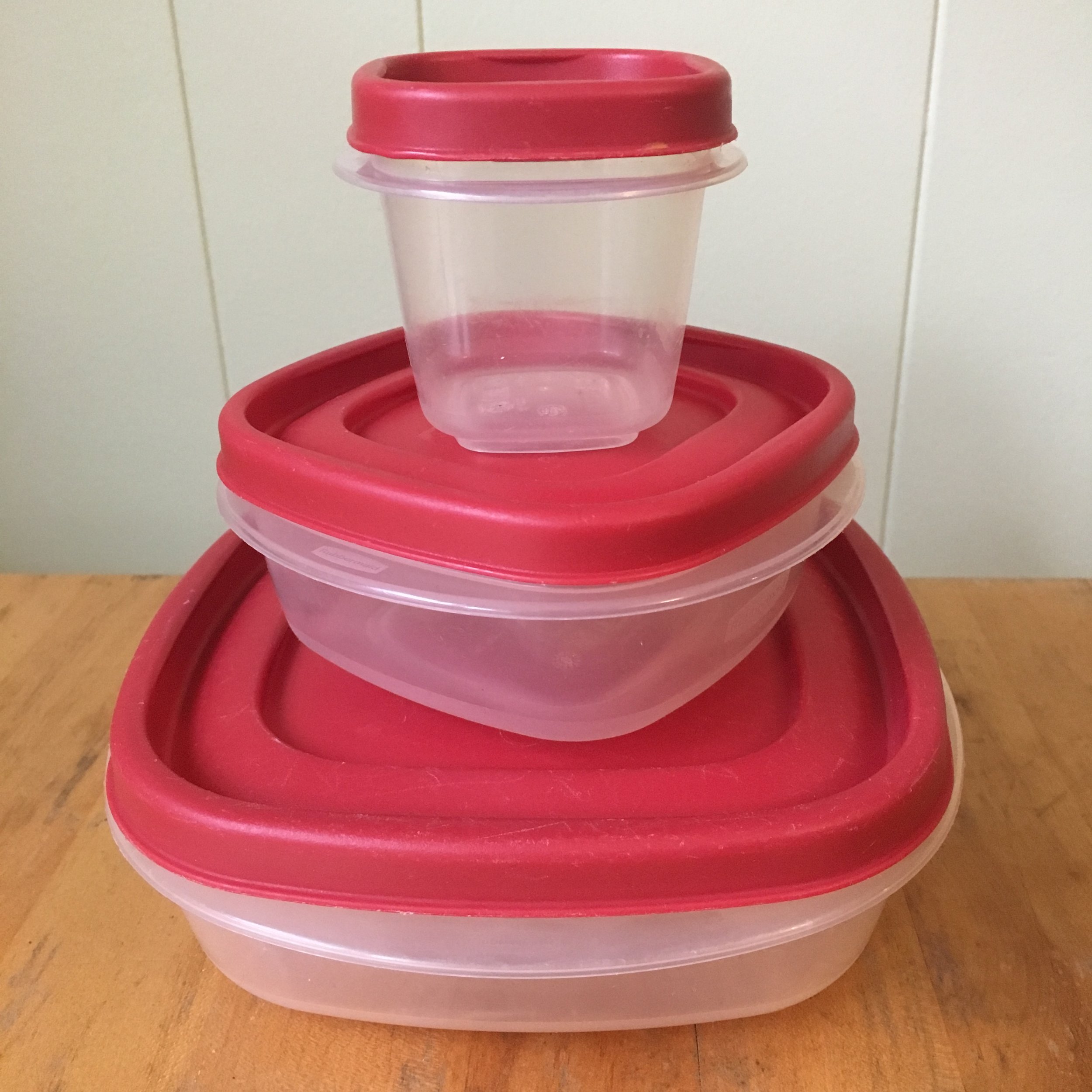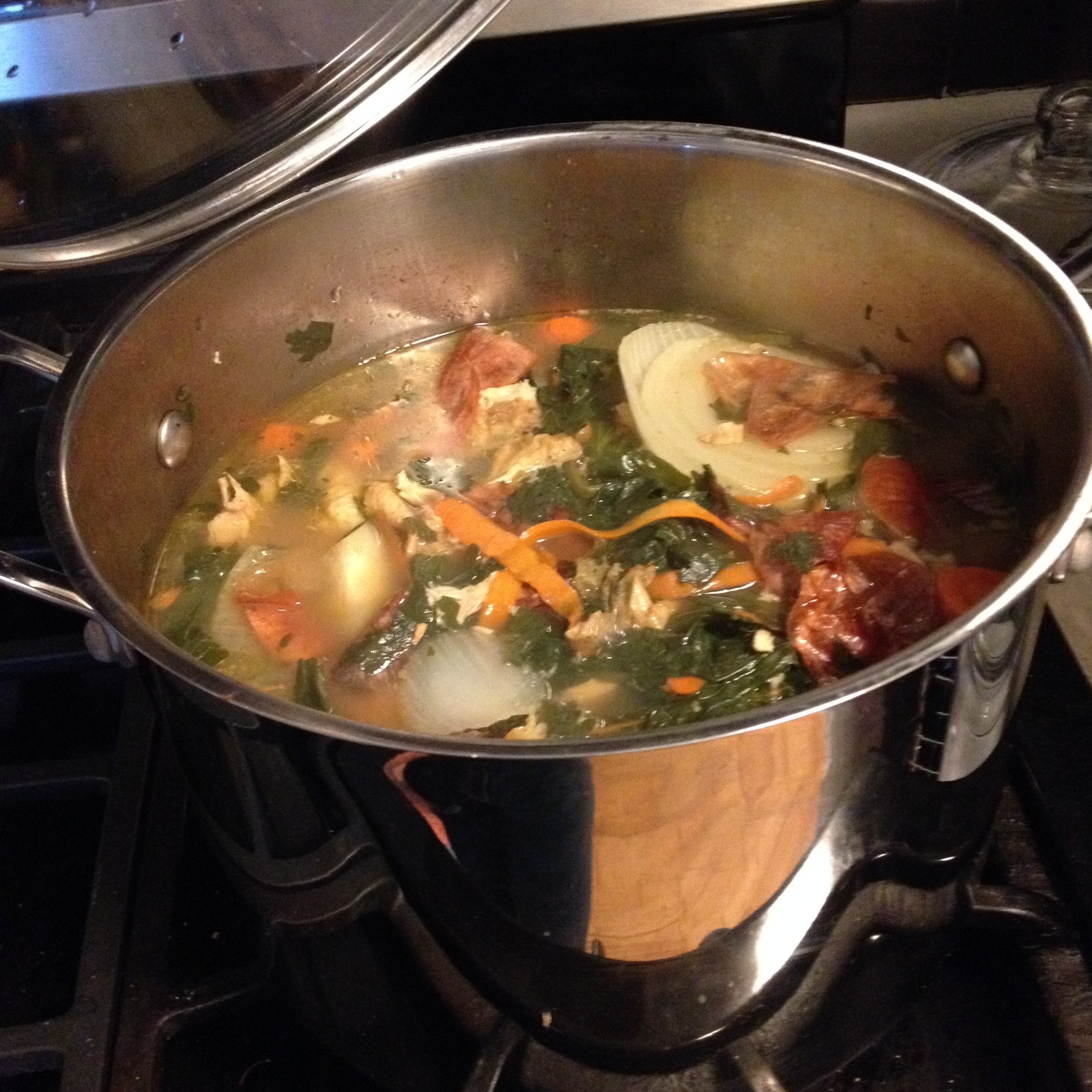Creating a Festive Tablescape
Adding beauty and a sense of plenty to the holiday table is easily accomplished without creating waste. Like most waste-reducing efforts, the benefits of eco-friendly table decor extend beyond shrinking the trash pile and enjoying a gorgeous centerpiece. Since beginning my zero waste journey, I have taken unexpected pleasure in mindfully walking outdoors, finding beauty and inspiration in seemingly lifeless landscapes and preparing post-holiday meals using decor from the table. Whether I am hosting or helping a host decorate, I love using these possibilities for creating a beautiful low-waste tablescape.
Gather from Nature. Enjoy a leisurely walk collecting natural tablescape treasures. Search the ground for colorful fallen leaves, acorns and pine cones. Prune bushes and gather sticks with various textures, colors and shades. Clip grasses and plumes of wild sumac. Store leaves in the freezer to preserve color until thawing and using as decor. If keeping acorns longer than a few days, bake at 175-200 degrees with the oven door slightly open for two hours to dry and debug them. Stir occasionally.
Use edible produce & other foods. Apples, squash, cranberries, nuts, popcorn cobs as well as herbs like sage, thyme and rosemary work well for decorating and are likely to be eaten after the holiday.
Light natural candles. Instead of relying on battery-operated candle replacements, use natural candles made of beeswax, soy wax or vegetable oils. This subtle difference makes a cozier feel at the holiday table.
Reuse items. When it comes to decor, using what is already available is always less wasteful than buying new. Typically used items have stood at least some test of time and have “proven” their worthiness for being kept out of the landfill so it is no coincidence used items are usually of higher quality than new items. When it comes to reusing, use what you own, borrow from others or acquire second-hand items through resale shops such as ARC Value Village or Goodwill, local consignment stores, Craigslist, NextDoor, Facebook Marketplace, etc. Any of these options can help allow for enough table linens and cloth napkins so that all single-use items can be avoided.
Additional Thanksgiving-Related Posts:



